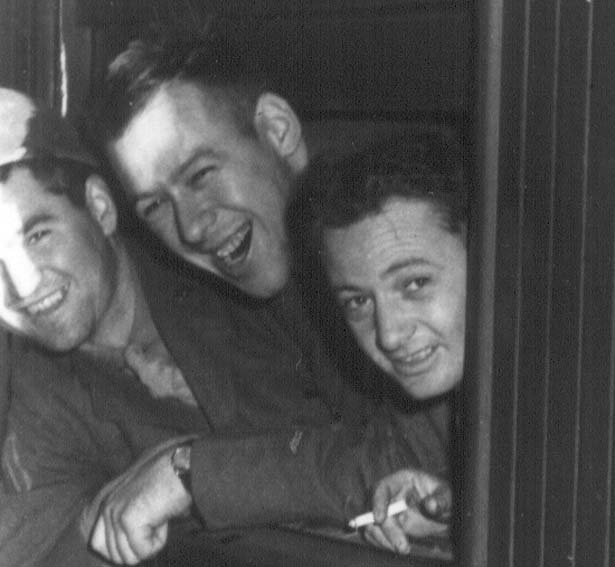
At any one time between June 1942 and mid-1944 there were between 15,000 and 45,000 American servicemen in camp in New Zealand. For both visitors and hosts, this was an intriguing experience with much of the quality of a Hollywood fantasy.
The American soldier found himself ‘deep in the heart of the South Seas’, in the words of his army-issue pocket guide. He usually came here either before or immediately after experiencing the horror of war on a Pacific island, and he found a land of milk and honey (literally), of caring mothers and ‘pretty girls’. Little wonder that in later years Leon Uris would write a novel about the experience (Battle cry) and Hollywood would make a film (Until they sail) with Paul Newman as the heart-throb.
For the host people, now in the third year of the anxieties and deprivation of wartime, the arrival of thousands of charming, well-fed young Americans with smiles on their faces and money in their pockets was like a Hollywood romance come briefly to life. New Zealanders too have recalled the experience in novels and a television drama.
What gave the encounter its special quality was that the two societies were sufficiently similar to communicate easily, but sufficiently different to find each other intriguing. They were former British colonies with a frontier past. Both believed in democracy, civil liberties and the capitalist way of life. Most people in both countries spoke English as their mother tongue. And in December 1941 the two nations, each with a Pacific coastline, found themselves at war with Japan.
Yet there were also significant differences. The United States was a large and confident society of more than 130 million people, many of whom, a generation before, had been European slum-dwellers or peasants. New Zealand, by contrast, was a small, isolated country with 1.6 million inhabitants, about the population of Detroit, Michigan. It remained in many ways colonial in outlook, a Britain of the South which had some difficulty convincing the new arrivals that it was not ruled by Winston Churchill.
So the ‘American invasion’ (as New Zealanders affectionately called it) brought a considerable clash of cultures. While Kiwi and Yankee spoke the same language, they did so in different accents. Though they shared a fondness for owning cars, they drove them on opposite sides of the road. The meeting of these two cultures – similar, yet different – is the theme of this web feature.



